UNGDOMARNA is a short and beautiful commercial film shot entirely on the Kinefinity MAVO LF. Filmmaker Benjamin Cotton shares with us his tips, tricks, and thoughts about using this evolutionary and revolutionary cinema camera.
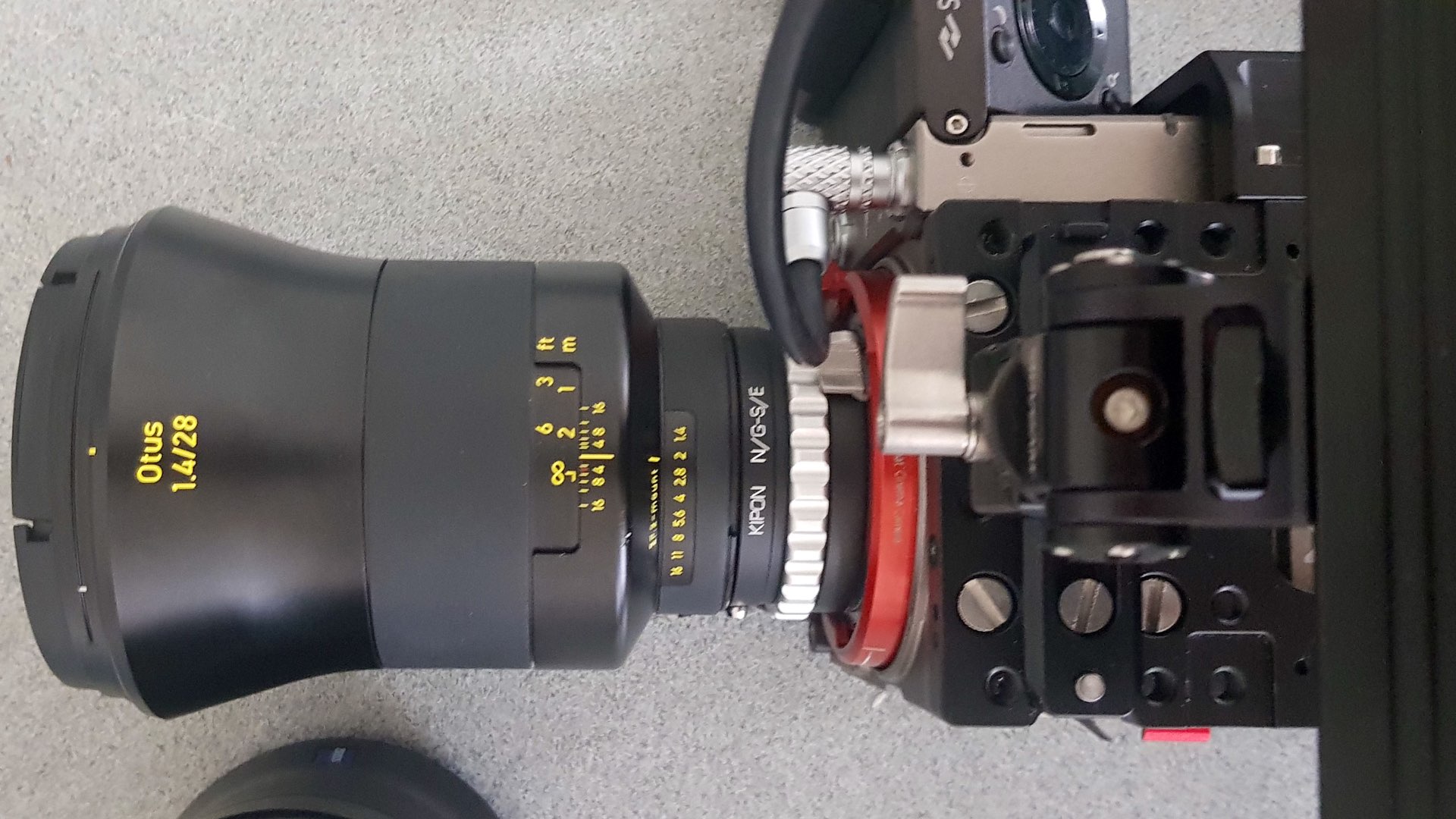
Kinefinity MAVO LF as a substantial technological achievement
The Kinefinity MAVO LF is a sort of groundbreaking in the cinema camera world. The impressive specs packed in affordable large-format sensor cinema camera is quite of technological achievement. The MAVO LF costs $12,000, which is a fraction of the costs of other large-format options in the cinema market.
We wrote here a bunch of articles deal with the advantages (and disadvantages) of this camera, dedicated to full-frame cinematography with all the goodies that large sensor delivers to the shot.
New cinema camera: limited field experience
One of the most drawbacks of a new line of cinema cameras is the low amount of projects shot by them. There is not much of “field experience” that is essential for filmmakers’ learning curve to shoot the best images. Fortunately, more and more productions choose to use the MAVO LF as their weapon of choice instead of using other options like RED and ALEXA. The case below constitutes as a good example of that.
UNGDOMARNA: One of the most well-executed projects I’ve ever seen shot on the MAVO LF
I’ve reached out with filmmaker Benjamin Cotton from Ben Cotton Films, who shot UNGDOMARNA entirely on the MAVO LF. Read what Benjamin has to say regarding the filmmaking process of using the MAVO LF for this project.
Filmmaking bio
Yossy: Tell us more about yourself as a DP/ filmmaker.
Benjamin: My name is Benjamin Cotton, I am originally from Australia but, have been living and working in Stockholm, Sweden, for the past eight years. I only started working as a DP once I moved to Sweden. I started out volunteering in my local church here in Stockholm. They taught me everything I know today about storytelling and communication through video. As a filmmaker/ DP, I am working with all sorts of different platforms. I started in the corporate world doing internal videos for large companies and later moved into weddings, which I quickly realized I couldn’t stand filming! Haha. I moved into reality web TV and then into commercials and basically anything else you could poke a stick at. Today I am filming more music videos and commercials than anything else. What I really want to do though is shoot shorts and later on features.
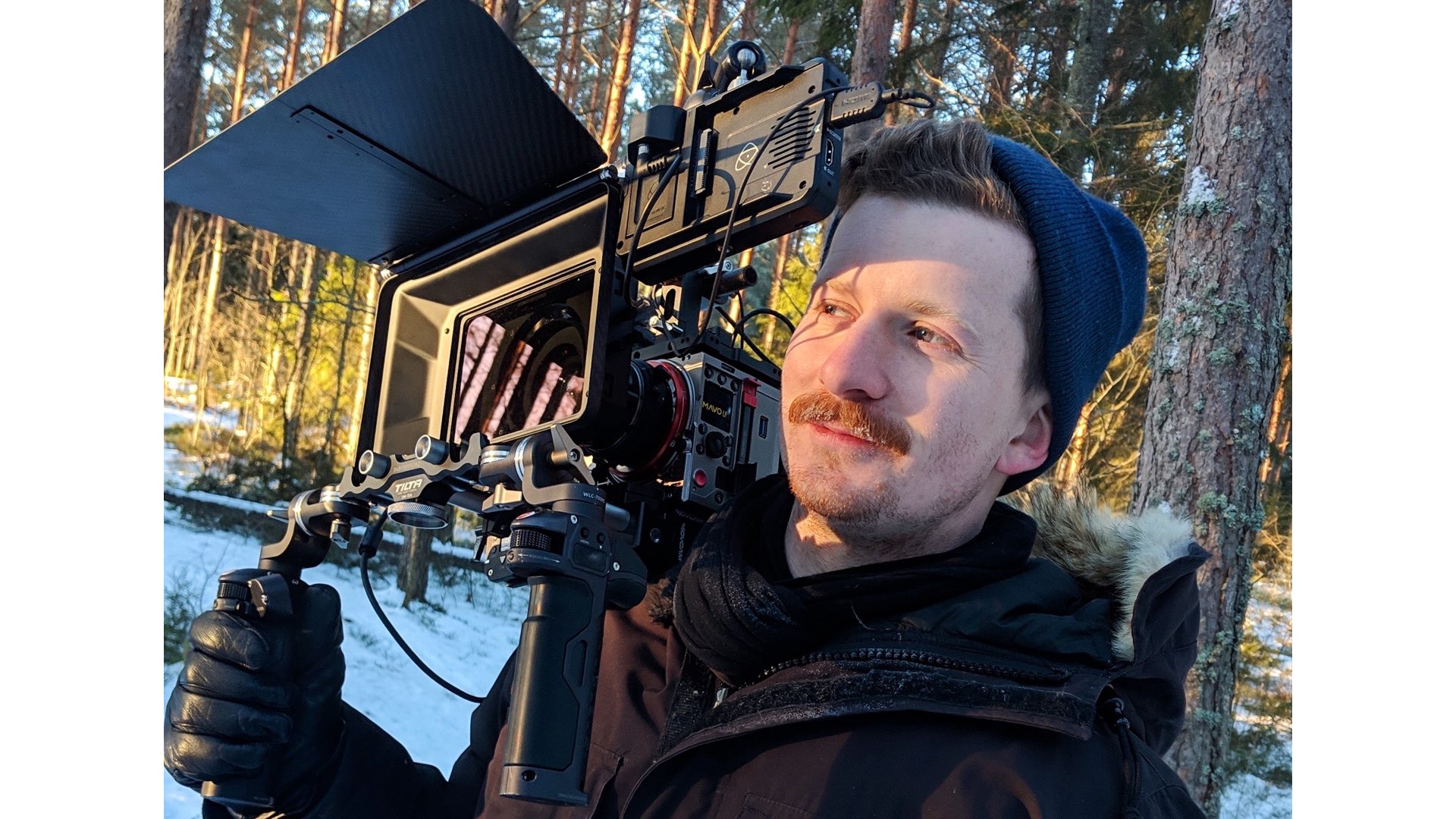
Lenses used on the MAVO LF
Yossy: What kind of glass been used to capture the video?
Benjamin: This video was a low budget shoot, so what we decided to shoot the majority of this commercial on was a set of Contax Zeiss lenses that I owned. These lenses are not optically amazing but are very interesting with some character, so it worked. We also got to borrow a few lenses to test out from a local shop so one of the days we had the Zeiss Otus lenses and the Zeiss Milvus.
This video was supposed to have a documentary kind of roughness, and rigging lights wasn’t really possible, so we had to work with what we had. I didn’t want it to look too many documentaries, so I put a 1/2 promist filter on the front to give the highlights an interesting glow and haze. You see this really well in the basketball scene where we were only using the house lights.
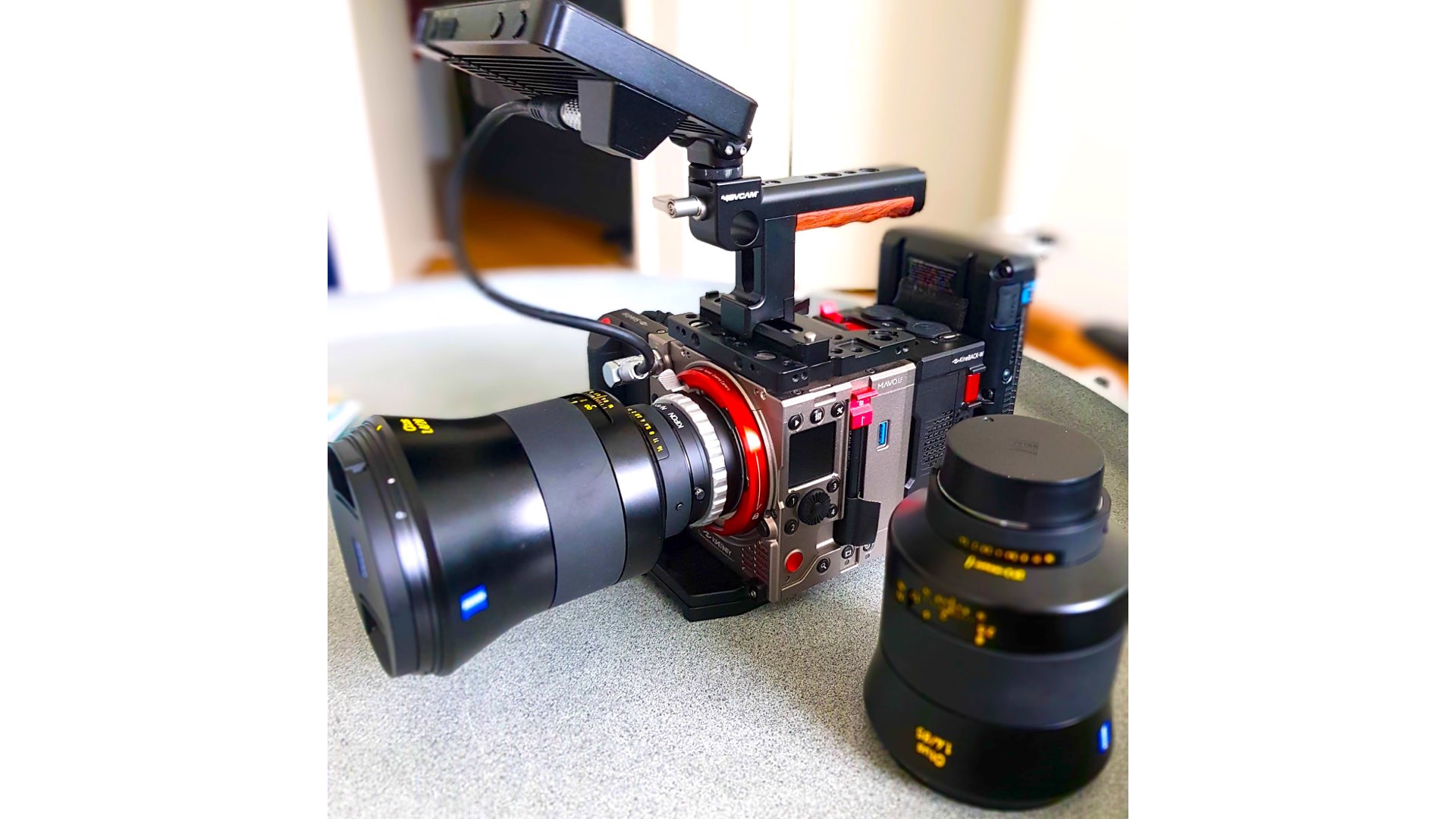
Rigging the MAVO LF
Yossy: What kind of rig was used in the video? …Tell us more about your camera setup (stabilization system and why did you choose it for the video).
Benjamin: As I said, the aim was to give it a rough documentary feeling, so we opted for shoulder and handheld rigs with Easy Rig support. I am a big fan of the Easy Rig simply because it saves your back and takes all the weight off which normally after a few hours really starts to hurt your creativity. The camera setup was fairly basic. I was running the Kinefinity Mavo LF with its shoulder kit, Kineback with V locks, Atomos Ninja V for monitoring and a Tilta matte box for the promist.
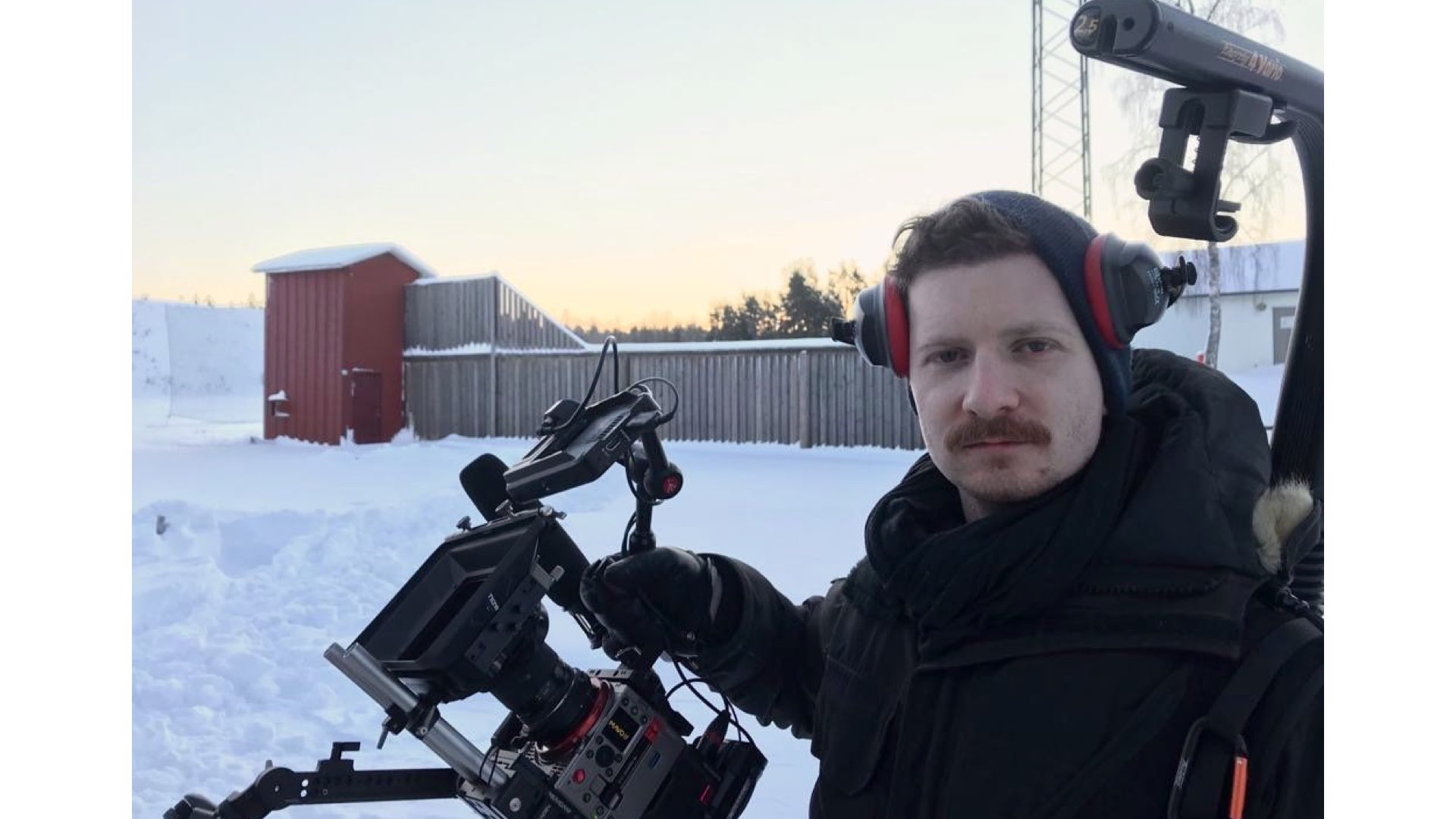
Kinetic shots and stabilization
Yossy: There is a scene which we see children running. Did you use stabilization equipment or did you shot handheld for that specific scene?
Benjamin: The scene where the kids are playing Rugby is probably my favorite scene. It was pretty intense to film as there were kids running everywhere. I even got tripped over once by a kid and flew through the air with the camera in hand (My back took the damage, so the camera didn’t have too, haha). I didn’t use any stabilizer or easy rig for this scene. We wanted to be a bit shaky to give an intense feeling. The camera setup was pretty similar to everything else except I was just holding with the handgrip. We could have shot the scene with a gimbal and had some really smooth footage but, that just wasn’t going to fit and would feel a little too staged. I was very happy with the outcome of that shot.
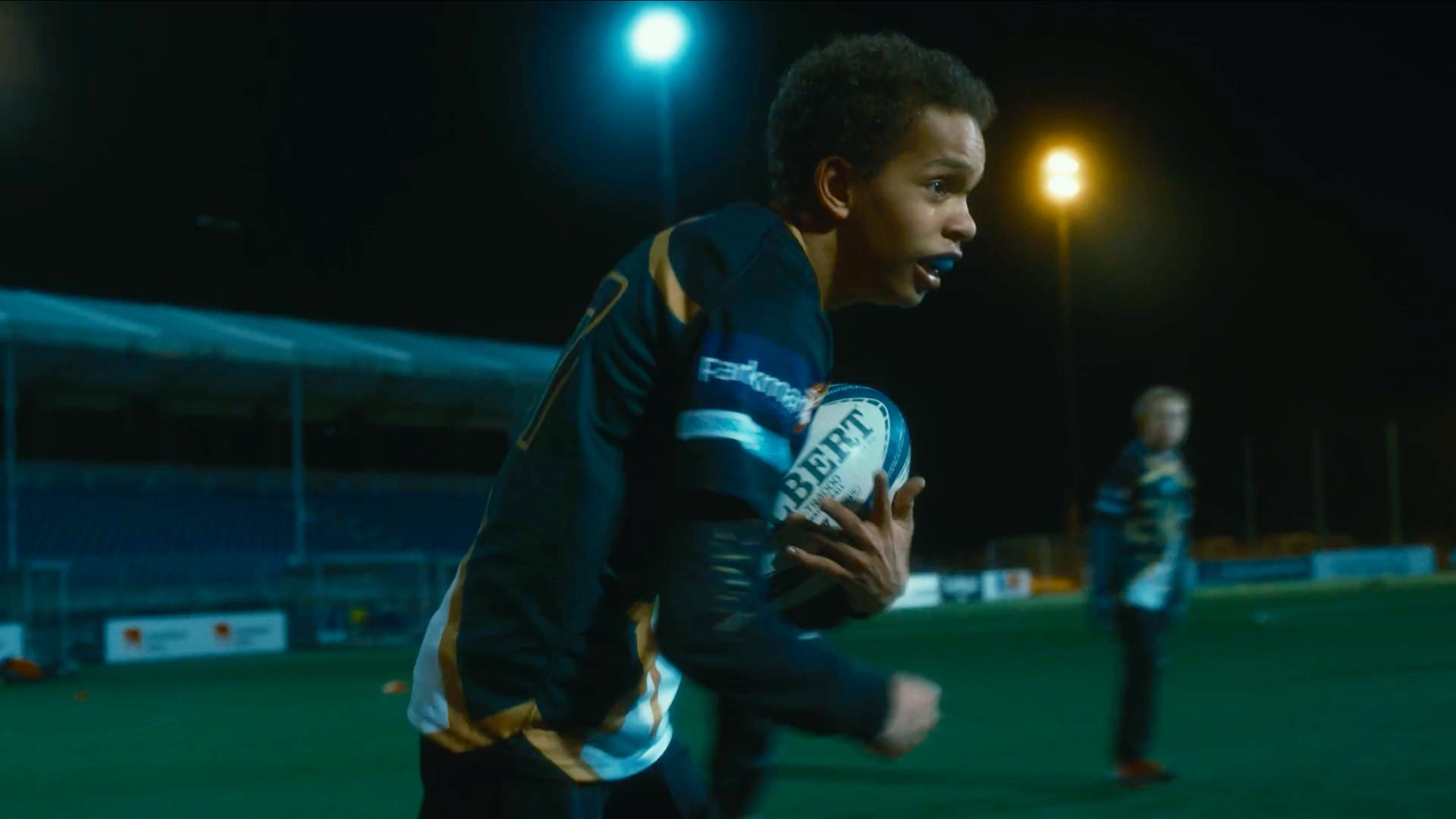
I didn’t use any stabilizer or easy rig for this scene. We wanted to be a bit shaky to give an intense feeling. The camera setup was pretty similar to everything else except I was just holding with the handgrip
Workflow: NLE and grading
Yossy: Tell us a bit more about your workflow (codecs, NLE and grading platforms).
Benjamin: I am shooting in mostly Prores 422 HQ as it is enough for most of my clients.
I was previously working a lot in Adobe Premiere but, this year, I decided to give Davinci Resolve 15 ago as the main NLE. I bought a dongle from a friend, so I was able to use the Studio version. For 90% of the post-production jobs Resolve has been great, and I don’t miss Premiere. It’s only when I needed to do subtitling I would use Premiere because Resolve didn’t have the tracking semi-transparent background for the text to go on.
For 90% of the post-production jobs Resolve has been great, and I don’t miss Premiere
The Mavo LF as a Run N’ Gun cinema camera
Yossy: What is your overall experience from the Mavo LF as a Run N’ Gun camera?
Benjamin: My overall experience from using the Mavo LF as a Run n Gun setup was great. The camera is very fast, and the dual ISO is just crazy. In this particular shoot, we didn’t even use its full potential and only shot in 4k Prores 444 opposed to 6k. I came from using the FS7, which is still a great workhorse. But now when I go back to it feels so slow in the menu system, slow to record and slow to change options compared to the Mavo.
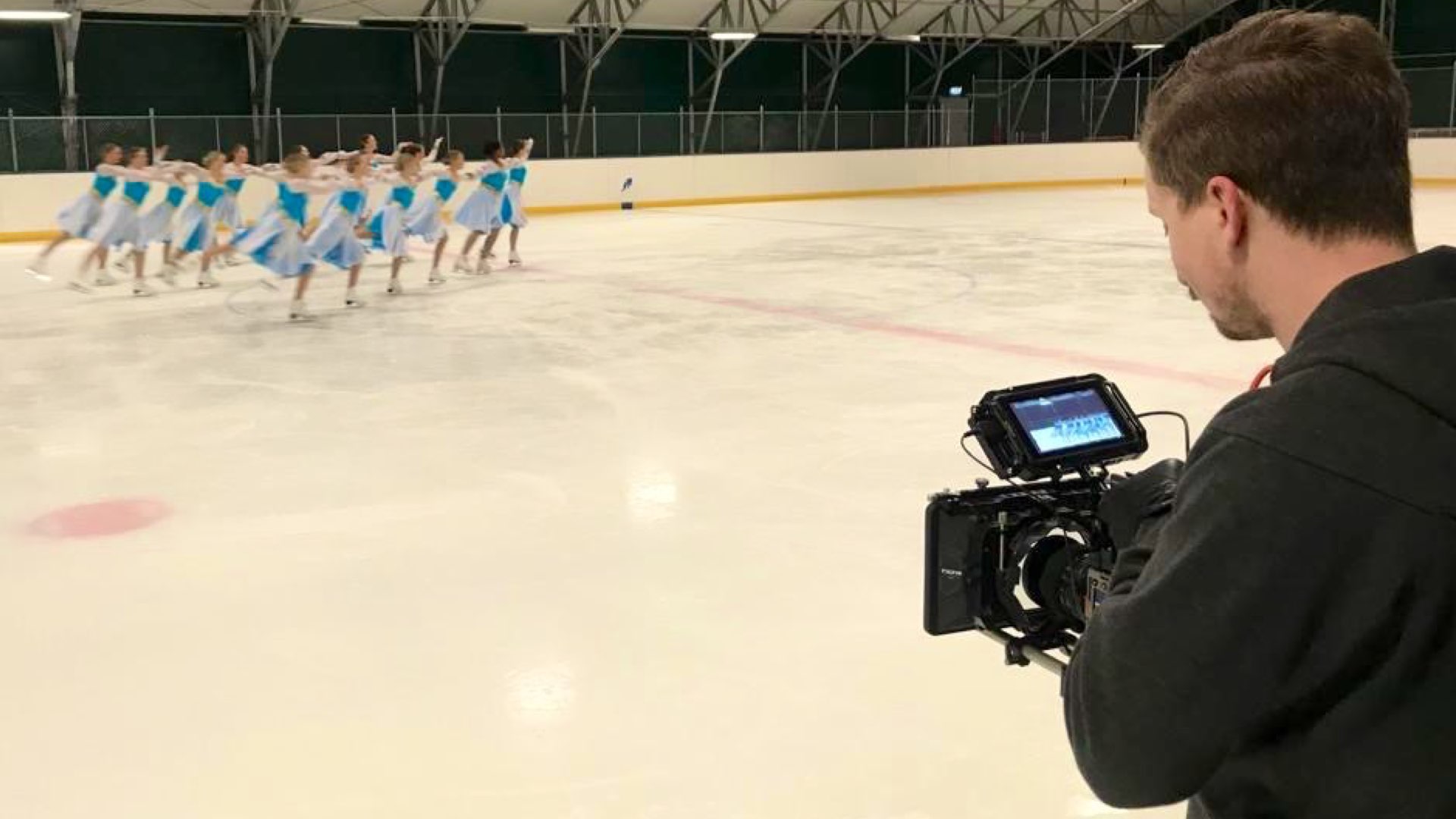
The camera is very fast, and the dual ISO is just crazy. In this particular shoot, we didn’t even use its full potential and only shot in 4k Prores 444 opposed to 6k. I came from using the FS7, which is still a great workhorse. But now when I go back to it feels so slow in the menu system, slow to record and slow to change options compared to the Mavo
The Mavo LF was a very new camera when we shot this video at the start of the year, and I had to convince the production team that we would shoot on it. They were previously shooting on the Alexa and were very happy with that look. We did some pre-production tests with the Mavo LF. After pulling the material into the DaVinci resolve, the editor and director were convinced that the Mavo LF was going to give them what they were looking for. They felt it had a similar look to the Alexa and was easy to grade. Which I guess is convenient since I had no idea how they would be able to afford the 10-day rental cost the Alexa, haha.
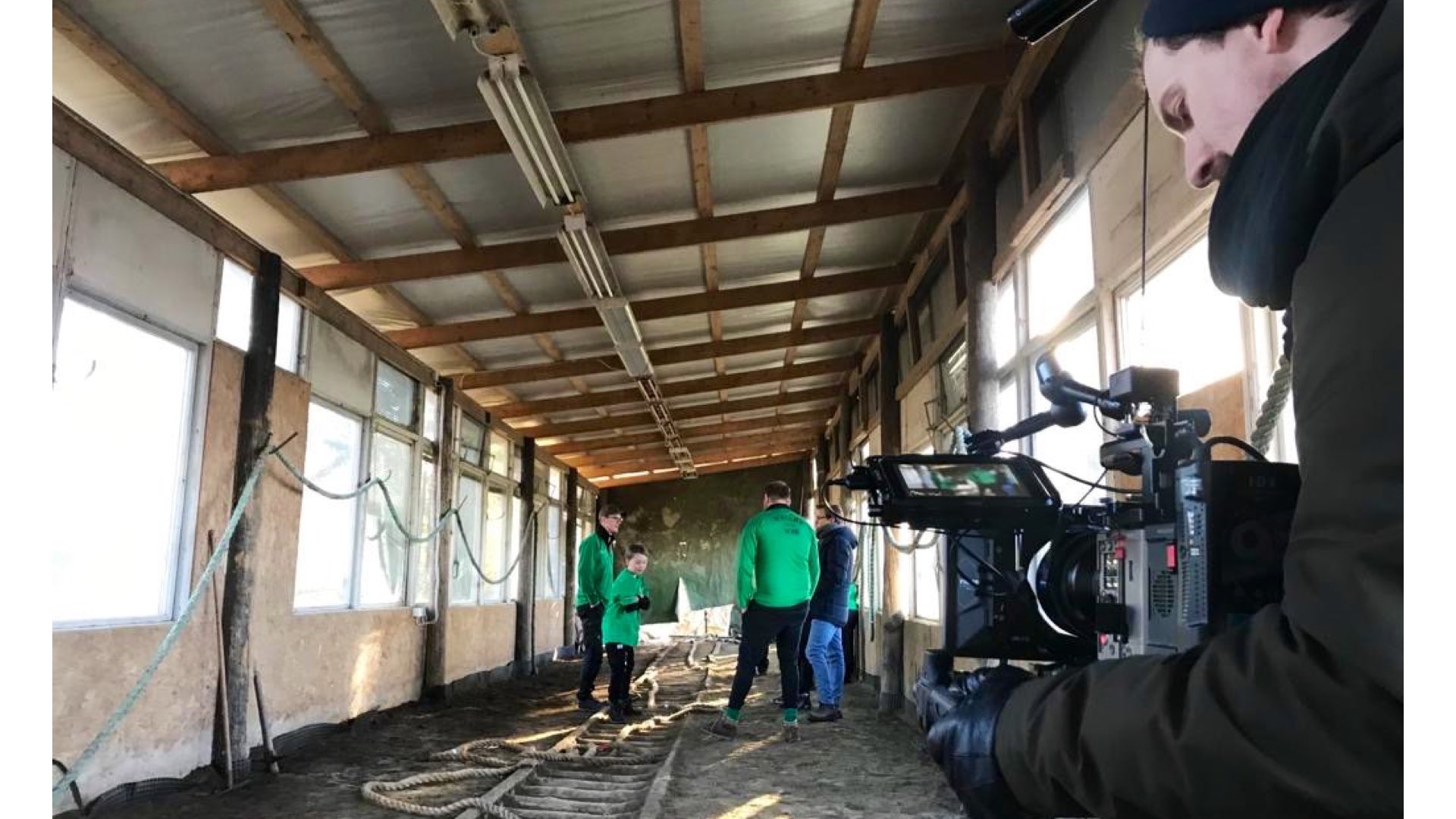
After pulling the material into the DaVinci resolve, the editor and director were convinced that the Mavo LF was going to give them what they were looking for. They felt it had a similar look to the Alexa and was easy to grade
It hasn’t been all roses since using the Mavo. I realized after this shoot that something wasn’t exactly right with it in the low light. I experienced a little bit too much FPN in the shadows. After consulting with my dealer, they took care of it and got it calibrated and sent back to me very quickly. Now I don’t have any issues with the FPN, and it was nice to experience a professional and fast after-sales service from Kinefinity Amersterdam, A+.
Final thoughts
In my personal opinion, this is an example of how the MAVO can be pushed to its limits in a fast-paced project. As you can see below, the final results can be compared easily to RED and ALEXA.
Watch UNGDOMARNA below and judge for yourself:


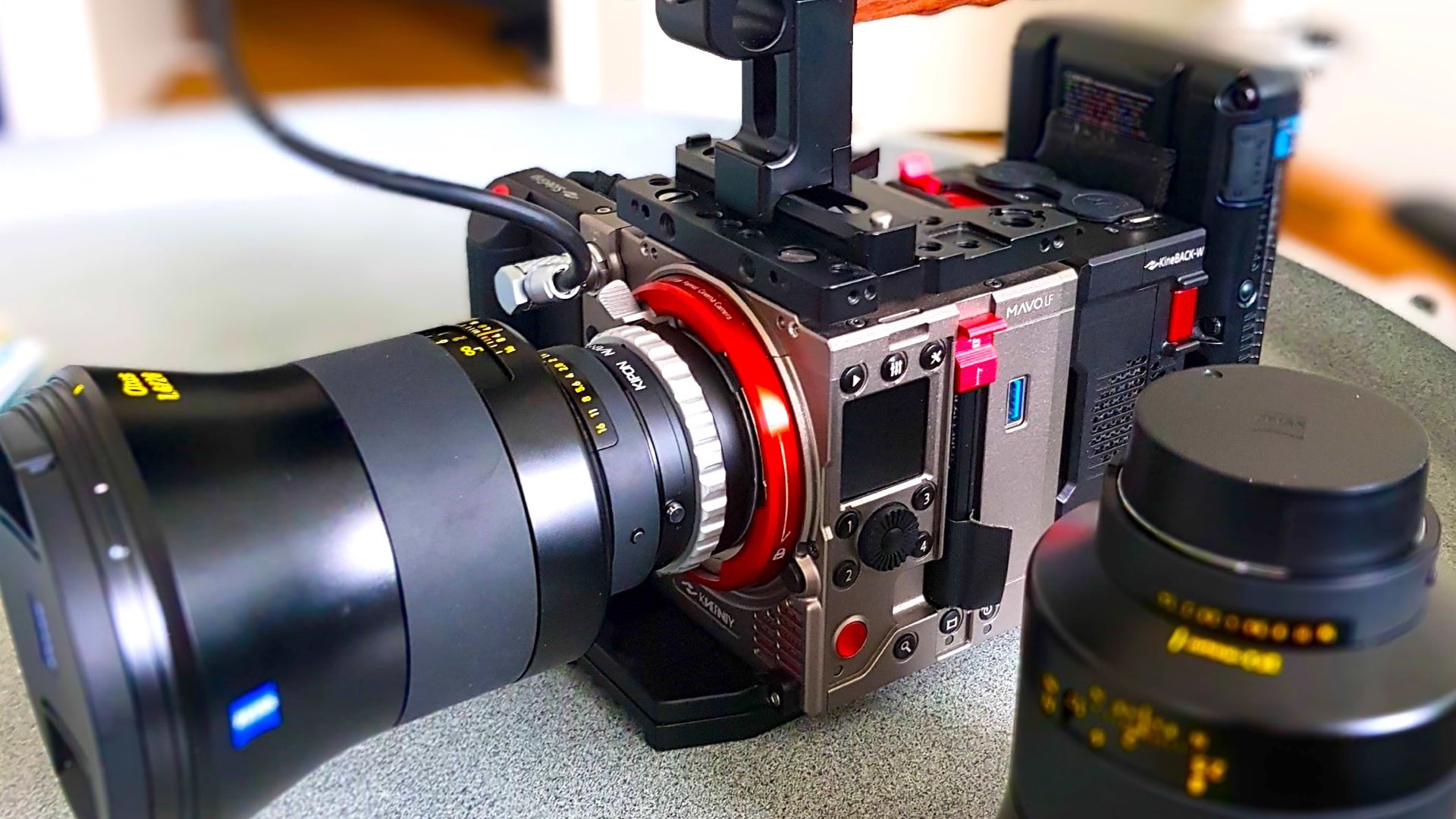
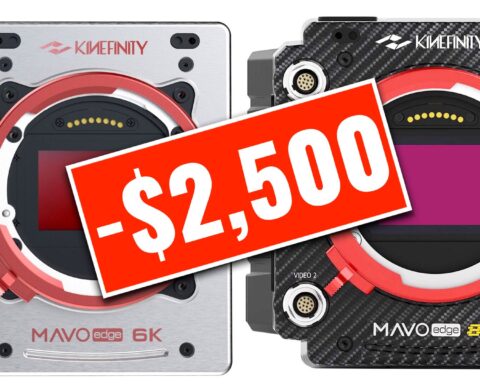
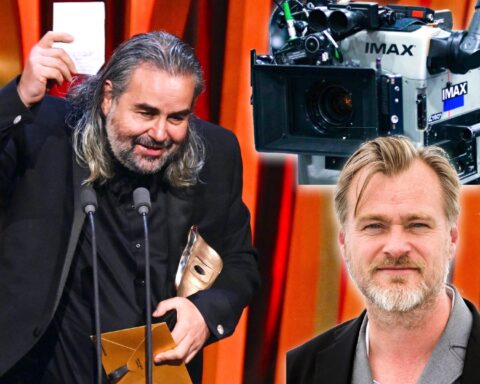
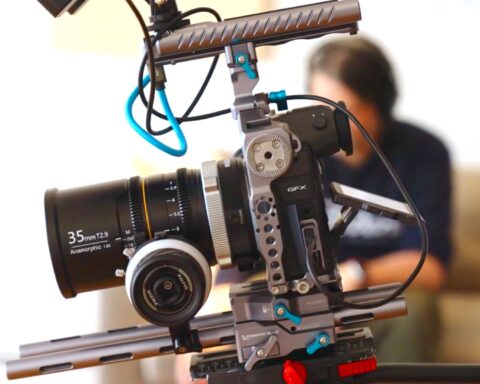
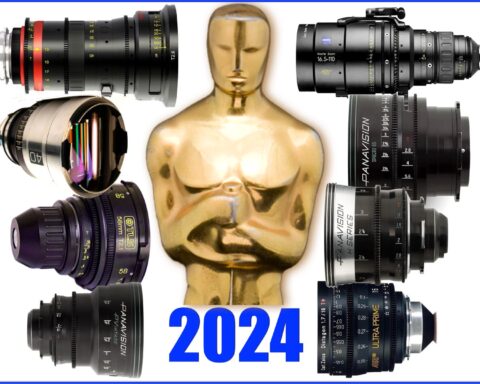
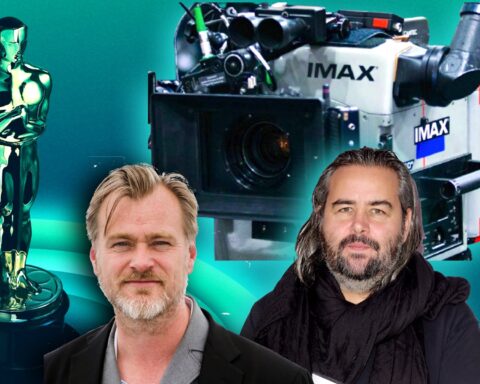
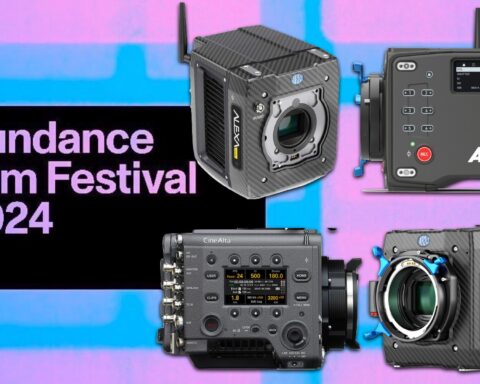

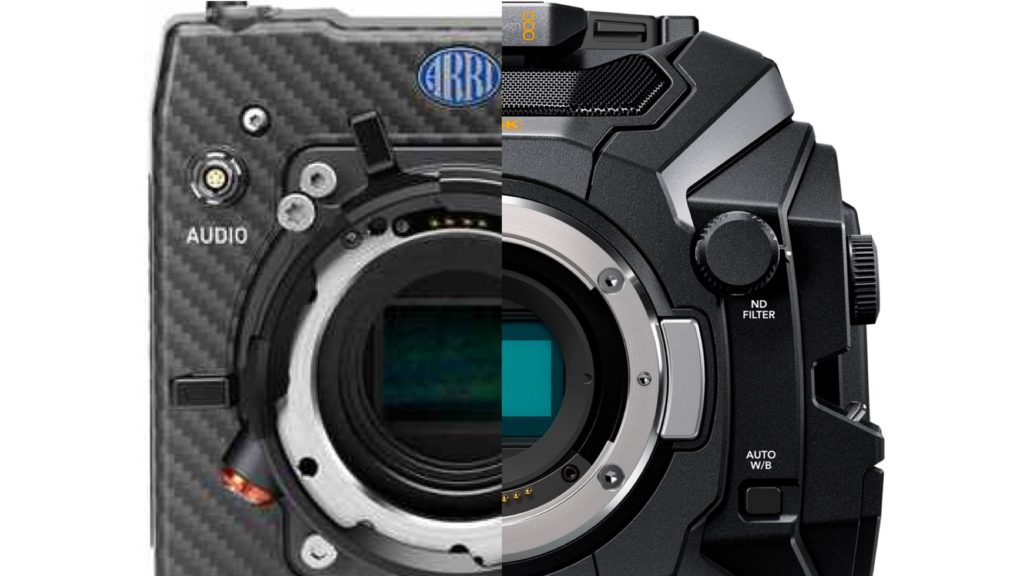
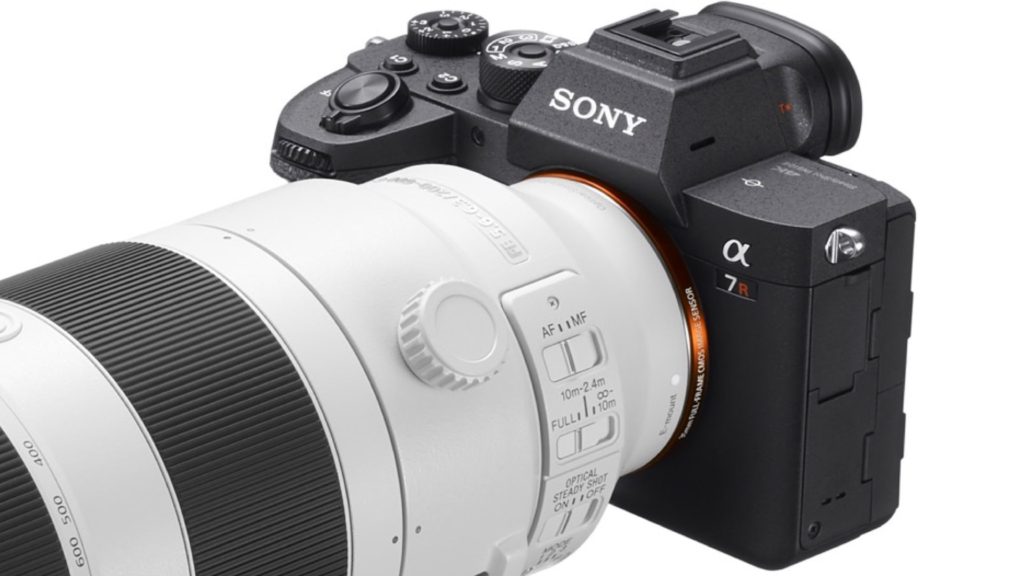





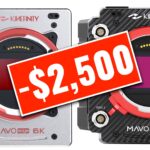

[…] if you know how to get the best footage with the MAVO LF than you’re good to go with the Edge. We wrote an in-depth article about how to utilize the Kinefinity MAVO LF for capturing the best footage […]
Shots Looking amazing… What about the sensor. Does this camera has a global shutter or rolling shutter?
Rolling.